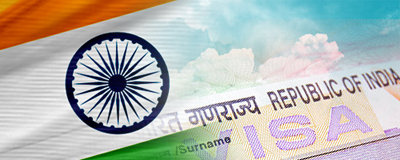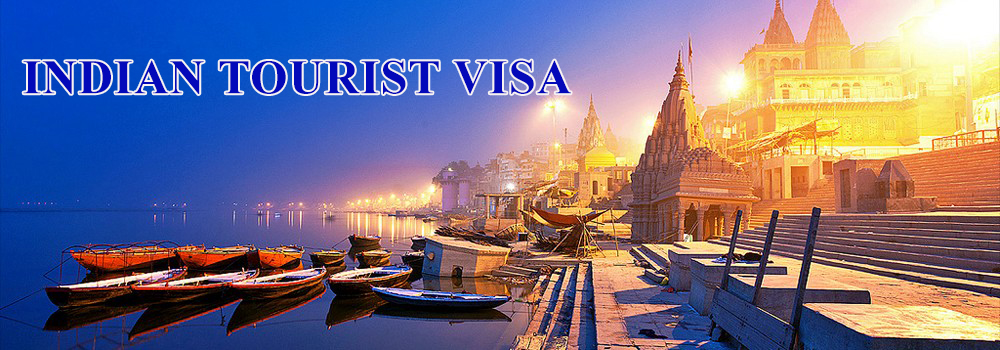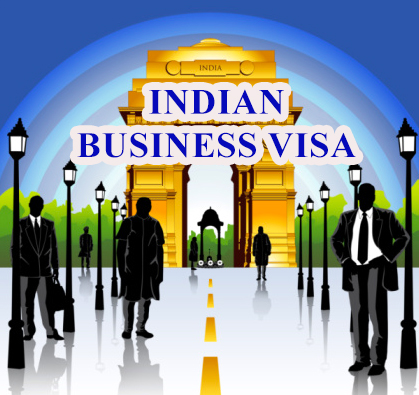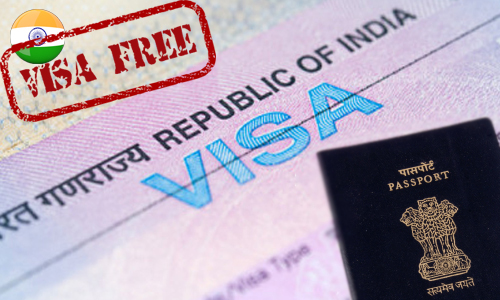LOCATION
Modern India has an area of about 3.2 million square kilometers (1.2 million square miles), and a population of 940 million.
India stretches from Cape Comorin, 8° north of the equator, to its border with the disputed Kashmir region under Pakistani control. Pakistan lies to the west, and to the east, India shares borders with Bangladesh, China, and Myanmar (Burma).
India has three geographic zones. In the north lie the majestic Himalayas, which run for more than 1,500 miles (2,400 kilometers) and contain many of the world’s highest peaks. Below the mountains lie the Indo-Gangetic plains. These lands run from the Arabian Sea to the Bay of Bengal and along the Indus and Ganges river valleys. The plains receive plenty of rain during the monsoon season and support much of India’s agriculture. The Deccan Plateau forms the third geographical region. These are the uplands bordered by the Eastern and Western Ghats (mountains) that make up the interior of the Indian peninsula.
The seasonal rhythm of the monsoon sets a pattern of Indian life. Winters are bright and pleasant. In late February, temperatures start to rise until May and June, when daily maximums in the northwestern plains exceed 115°F(46°C). The hot season ends with the onset of rain. The monsoon reaches southwest India in late June and sweeps northward. Cherrapunji, in the northeast, is on record as the wettest place on earth, averaging nearly 453 inches (1,150 centimeters) of rain annually. For three months, water is plentiful and the land is green. At the end of September, the rains stop and winter approaches.
India has a wide range of ethnic and cultural diversity. It is less a nation and more a collection of countries. Throughout central and southern India there are tribal populations such as Mundas, Oraons and Santals, there are Dravidian groups in southern India such as Tamils and the Malayalam-speaking peoples in Kerala. In the north, Bengalis, Kashmiris, Punjabis, Gujaratis, Rajputs, and Marathas are among the prominent groups. India shares many of its cultural groups with Pakistan, Bangladesh, and Sri Lanka. Each region has its own mix of religion, caste (social class), language, and literary, cultural and historical traditions. These traditions existed long before modern nations were created, and many people identify strongly with them. Thus, one can be a Punjabi and either a Pakistani or Indian, or a Bengali and either a Bangladeshi or Indian.
Large Indian communities are also found in Nepal, Malaysia, Sri Lanka, the Middle East, South Africa, Fiji, the West Indies, the United States, Canada, and the United Kingdom.
CLIMATE
Because of India’s size, its climate depends not only on the time of year, but also the location. In general, temperatures tend to be cooler in the north, especially between September and March. The south is coolest between November to January. In June, winds and warm surface currents begin to move northwards and westwards, heading out of the Indian Ocean and into the Arabian Gulf. This creates a phenomenon known as the south-west monsoon, and it brings heavy rains to the west coast. Between October and December, a similar climatic pattern called the north-east monsoon appears in the Bay of Bengal, bringing rains to the east coast. In addition to the two monsoons, there are two other seasons, spring and autumn.
LANGUAGE
A Hindi proverb states: “Every two miles the water doth change, and every four the dialect.” India has 1,653 dialects. There are about twenty-four languages that are spoken by more than a million people.
Indian languages belong to four major linguistic families (groups of languages with a common ancestor). Austro-Asiatic languages (e.g., Munda, Ho, and Khasi) are spoken by tribal groups in central India and the northeastern hills. Bhotia and other languages in the mountain belt belong to the Sino-Tibetan linguistic family. Most Indian languages belong to the Indo-European or Dravidian families.
India today recognizes fourteen spoken languages as official: Hindi, Bengali, Telugu, Marathi, Tamil, Urdu, Gujarati, Malayalam, Kannada, Oriya, Punjabi, Assamese, Kashmiri, and Sindhi. Sanskrit, the classical language of northern India, is also an official language. English is widely used for national, political, and business purposes.
CULTURE AND PEOPLE
With nearly 1 billion citizens, India is the second most populous nation in the world. It is impossible to speak of any one Indian culture, although there are deep cultural continuities that tie its people together. English is the major language of trade and politics, but there are fourteen official languages in all. There are twenty-four languages that are spoken by a million people or more, and countless other dialects. India has seven major religions and many minor ones, six main ethnic groups, and countless holidays.
Religion is central to Indian culture, and its practice can be seen in virtually every aspect of life in the country. Hinduism is the dominant faith of India, serving about 80 percent of the population. Ten percent worship Islam, and 5 perscent are Sikhs and Christians; the rest (a good 45 million) are Buddhists, Jains, Bahai, and more.
TOURISM
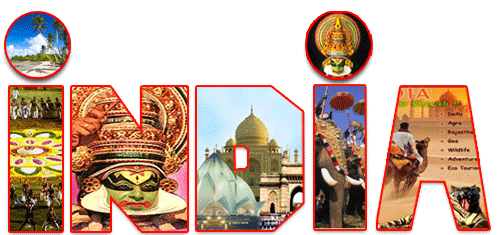
India tourism with its foggy hill stations, captivating beaches, historical monuments, golden deserts, serene backwaters, pilgrimage sites, rich wildlife, and colourful fairs capture the heart of every tourist. In addition, a variety of festivals, lively markets, vibrant lifestyle, and traditional Indian hospitality, will make your experience as an india tourist truly unforgettable and fantastic.
